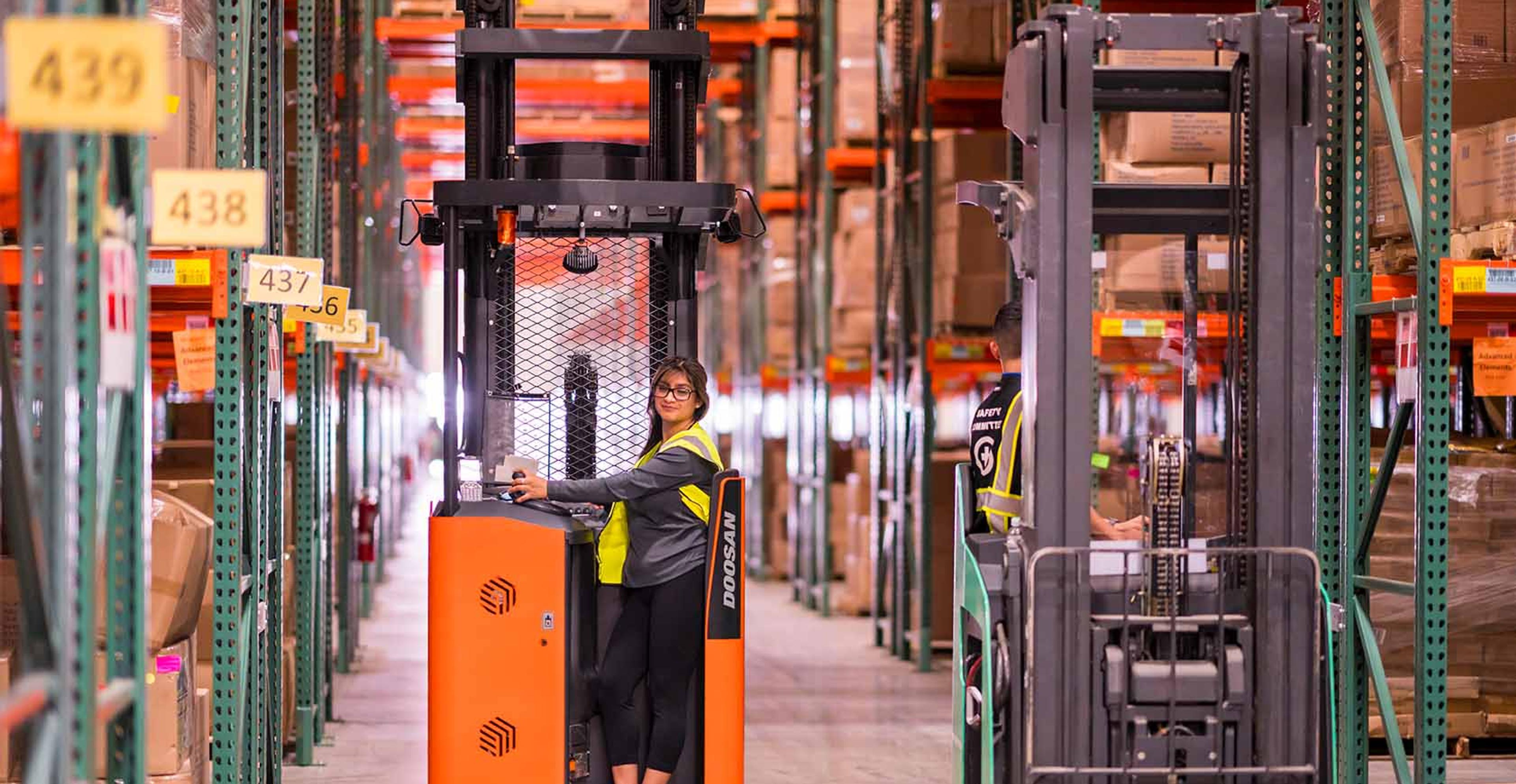ITS Logistics Distribution + Fulfillment Q2 Index: Functional Warehouse Space Tightens Amid Highest Vacancy Rates Since 2014

– Wage pressures and rising inventory costs continue to impact shippers and logistics providers heading into late 2025. –
RENO, Nev., July 31, 2025– ITS Logistics today released the Q2 ITS Logistics US Distribution and Fulfillment Index, Powered by Cresa. This quarter, the index highlights a market recalibrating. Overall capacity remains stable on paper, yet the supply of truly functional, operationally ready warehouse space is tightening for shippers, retailers, and logistics providers heading into the second half of 2025. Additionally, tariff-driven frontloading activity continues to influence inventory strategy for shippers of all sizes.
Vacancy rates climbed to 7.1%, the highest since 2014, even as warehousing capacity contracted for the first time in more than a year. Inventory costs also surged to 80.9 on the Logistics Manager Index—the highest in over two years—driven by elevated labor, storage, and insurance expenses. Meanwhile, the Producer Price Index (PPI) for Warehousing and Storage fell 5.1% from March, reflecting softened pricing power for warehouse operators. Consumer sentiment rose 16% in June, signaling cautious optimism amid stabilizing economic conditions.
“Shippers and logistics providers who act now to secure operationally viable space will be best positioned as we move into 2026 and beyond,” said Ryan Martin, President of Distribution and Fulfillment at ITS Logistics. “The pressure on capacity and costs is expected to intensify with seasonal inventory builds and consumer demand later this year. The greatest challenge we see when it comes to the real estate market is that costs continue to remain high, while brands face too many unknown variables in the economy and consumer spending. This is going to impact overall building absorption rates this year and next.”
The index findings align with broader industrial market trends. According to Cushman & Wakefield’s Q2 2025 US Industrial Market Report, national net absorption held steady at 29.6 million square feet, while new completions dropped to a five-year low of 71.5 million square feet—down 45% year-over-year. Vacancy rose above 7% for the first time since 2014, and average asking rents increased just 2.6% year-over-year, the slowest growth since early 2020. A recent Wall Street Journal article also confirmed that warehouse vacancy levels have reached their highest point in more than a decade, with much of today’s available space being either outdated or poorly located for modern supply chain needs.
The Logistics Manager Index, which surveys logistics professionals on leading economic indicators within the supply chain, averaged 59.4 in the second quarter, indicating a steady pace of continued expansion. Warehousing capacity fell to 47.8 in June, its first contraction since early 2023, while utilization remained strong at 62.2. Warehousing prices held at an elevated 68.3, driven by demand for well-located, high-efficiency space.
Following tariff-driven stockpiling surges in the first half of 2025—first at the beginning of the year and again during the 90-day reprieve granted in April—inventory levels are beginning to normalize, with larger shippers continuing to hold buffer stock while small and mid-market firms switch to leaner inventory models. As a result, downstream inventory readings dropped, indicating a significant decrease in import volumes and reduced activity at fulfillment and retail nodes.
“If you look at things like flows through West Coast ports, blank sailings, container prices, and idle empties on the West Coast, it’s clear the majority of goods that are going to be sent over are already here,” Zac Rodgers, lead author of the Logistics Managers’ Index (LMI), told ITS Logistics. “However, there will still be some movement required to get those goods from distributors, wholesalers, or logistics service providers down to retailers—the back half of peak season. Because of the bifurcation of demand, it is likely that spot rates will remain muted, as we’ll have excess availability for both over-the-road and intermodal for moving goods domestically.”
Additional highlights from the Q2 2025 Index include:
- US goods imports fell nearly 20% month over month in April, the largest single-month drop since 1992.
- Average warehouse wages now exceed $19 an hour, up 40% to 50% over the past five years, driving increased interest in automation.
- Core markets, including Dallas-Fort Worth, Chicago, and New York/New Jersey, posted steady rent growth despite elevated vacancy rates.
ITS Logistics offers a full suite of network transportation solutions across North America and omnichannel distribution and fulfillment services to 95% of the US population within two days. These services include drayage and intermodal in 22 coastal ports and 30 rail ramps, a full suite of asset and asset-lite transportation solutions, omnichannel distribution and fulfillment, and outbound small parcel.
The ITS Logistics US Distribution and Fulfillment Index tracks the Producer Price Index (PPI) for Warehousing and Storage and offers a regional markets overview to optimize warehousing and delivery costs. All major markets in the US are highlighted each quarter via the Index. Visit here for a full, comprehensive copy of the index with expected forecasts for the US distribution and fulfillment sector of the supply chain industry.
About ITS Logistics
ITS Logistics is one of North America's fastest-growing, asset-based modern 3PLs, providing solutions for the industry’s most complicated supply chain challenges. With a people-first culture committed to excellence, the company relentlessly strives to deliver unmatched value through best-in-class service, expertise, and innovation. The ITS Logistics portfolio features North America's #18 asset-lite freight brokerage, a top drayage and intermodal solution, an asset-based dedicated fleet, an innovative cloud-based technology ecosystem, and a nationwide distribution and fulfillment network.



